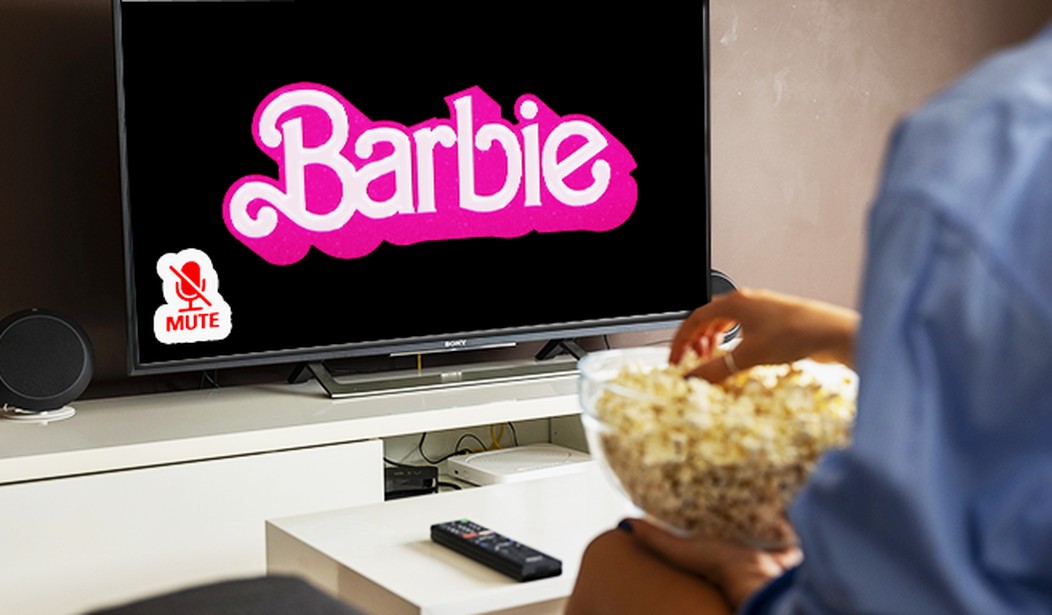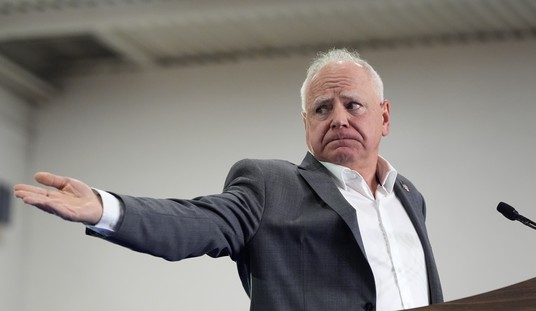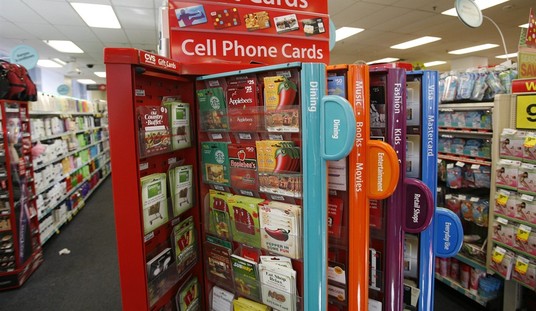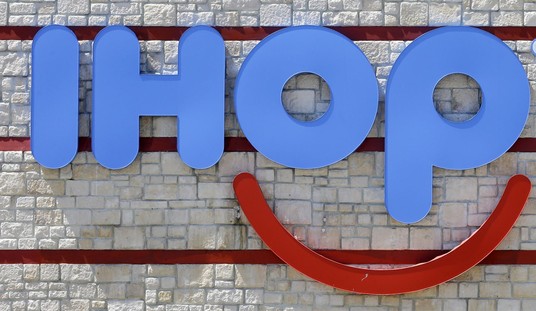The New Normal is a Marketing Strategy
In its ongoing quest to remain relevant to children who prefer watching unboxing videos or dancing to TikTok montages, Mattel has introduced the newest member of its Barbie clan: Type 1 Diabetes Barbie. Complete with an insulin pump and what I can only assume is a constant glucose monitor that never malfunctions like the real ones do, she’s meant to “expand representation” and “inspire more children.” Apparently, inspiration now comes vacuum-sealed in a box with a molded smile and corporate hashtags.
“Introducing a Barbie doll with type 1 diabetes marks an important step in our commitment to inclusivity and representation,” said Krista Berger, Senior Vice President of Barbie and Global Head of Dolls. “Barbie helps shape children’s early perceptions of the world, and by reflecting medical conditions like T1D, we ensure more kids can see themselves in the stories they imagine and the dolls they love.”
Don’t get me wrong. Type 1 diabetes is grueling. People live with constant carb counts and glucose spikes around the clock, so if a doll gives a child with Type 1 some recognition or courage, great. No issue there.
But let’s not kid ourselves. This wasn’t about empathy. This was about the image. Barbie has become the Mona Lisa of marketing departments, a blank canvas onto which every social cause can be painted, so long as it gets likes, earns media buzz, and sells.
Representation? Really? Let’s Represent Then.
If Mattel wanted to represent society. Well then, let's represent everybody.
Where is PTSD Barbie? The Fallujah veteran, without all her limbs and the thousand-yard stare, watching too many ghosts.
How about a 400-pound Barbie with convenience store burritos in each hand, driving a mobility scooter with her knees?
Mattel forgot about Fentanyl Barbie. One shoe on the wrong foot wandering outside a Dollar Tree, showing track marks dotting one arm, and telling stories nobody listens to. Imagine the joyful accessories, a crumpled Narcan box, and aluminum foil as a makeshift bed sheet.
Is this going too far? It's nothing that you can't find driving down our streets.
Let's keep going.
There's Menopause Barbie. An exhausted, sweaty doll with a face caught in mid-snap because Ken kept changing the thermostat.
Fibromyalgia Barbie is perpetually exhausted, with doctors calling her symptoms stress-related.
Being inclusive involves the goal of inspiring kids by illustrating the cross-section of human experiences. The only way to reach some goals is to go all in. With that in mind, let's complete the collection: Wounded Warrior Barbie, Food Stamp Barbie, and Thrice Divorced Barbie using Facebook to sell Herbalife.
Why not?
When Compassion Turns Corporate
There was a time when Barbie inspired girls to dream big. Now, she's trapped in a corporate empathy treadmill. Today, it’s insulin pumps. Tomorrow, it’ll be colonoscopy kits, survivor trauma journals, or maybe Barbie with post-abortion regret, all under the marketing slogan: "Because Representation Matters."
Let me ask something simple. Where does it end?
The answer is that it doesn’t. Because this isn’t about THE CHILDREN, it’s about us. Grown-ups. Focus groups. PR teams desperate to show how enlightened they are. Woke capitalism, tailored for Instagram.
Mattel isn’t reflecting society. They’re projecting guilt. They’re selling redemption in 12-inch form, and kids are the excuse.
We Don’t Need Every Pain Molded in Plastic
Let’s say the quiet part out loud: children don’t need their suffering merchandised. They need to be believed. Held. Given space to be kids without having their conditions boiled down into accessories.
A child with diabetes needs better health care, real peer support, and teachers who understand why she might need to leave class. It's not a doll with a matching pump and a press release.
But nuance doesn’t sell. Complexity doesn’t trend. You can’t market a child’s unseen suffering unless it comes with a plastic smile and a photo op.
Remember “Everybody Counts or Nobody Does?"
There’s a principle we’ve discussed here before. A hard one that doesn’t bend with hashtags. “Everybody counts, or nobody does.” It’s not just a catchphrase. It’s a worldview. It means the kid with cancer, the boy with autism who melts down at the sound of a school bell, the girl quietly raising her siblings because mom's passed out in the living room; they all matter.
Do you want to represent something? Represent them. Represent the millions of unseen, unheard children who don’t get dolls or hashtags or pastel-colored “awareness” campaigns.
Final Thoughts
Mattel’s Type 1 Barbie isn’t evil. But she’s not noble either. She’s a mascot in the theater of corporate guilt management. A token in a culture that confuses virtue with visibility. And in that sense, she’s perfect for our age.
Because in America today, the way we show we care is by selling something that looks like care. A t-shirt. A profile frame. Or a doll. No sacrifice, no depth, no follow-through. Just curated empathy and a checkout button.
If we truly believed in representation, we wouldn’t need Barbie to teach it. We’d see it in how we fund schools and how we treat disabled veterans. How we staff ERs, train teachers, and communicate with each other.
But that’s harder. And harder doesn’t trend.
So we get Barbie. And a press release.
And a culture so obsessed with “being seen” that we’ve forgotten how to see each other.










